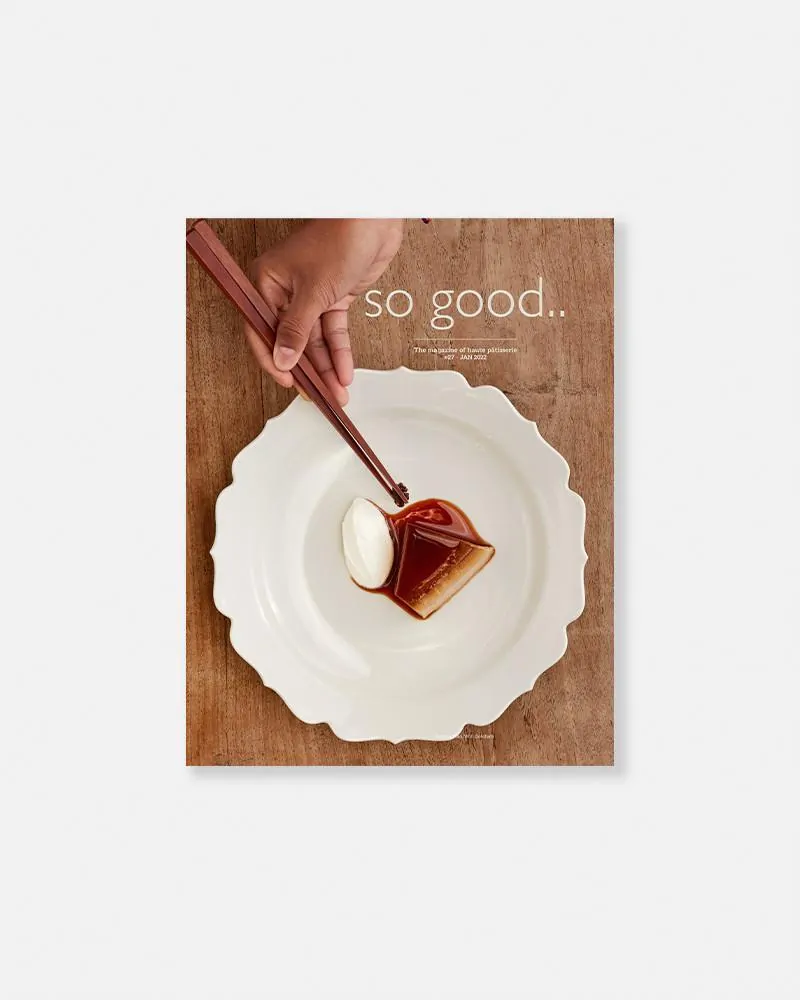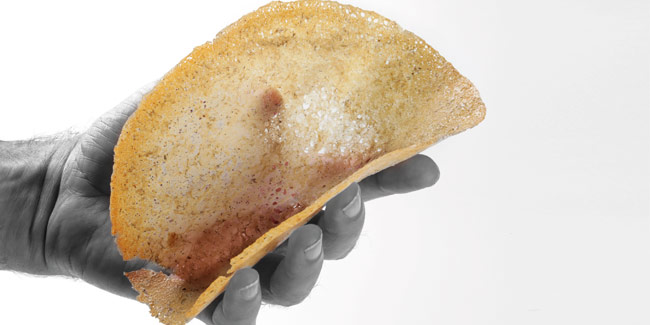Categories Pastry Chef Articles
A new skin texture by Paco Pérez to boost chef’s creativity
The master Pablo Picasso used to say that ‘when inspiration comes, may it find me working’. A maxim that occurs very often in the field of culinary creativity. It was precisely while cooking that Paco Pérez, renowned chef at the head of the Miramar restaurant in Llançà (Spain), came across an unknown property of Irish moss, a red alga abundant on the Atlantic coasts of Europe and North America. The chef was looking to enhance the marine flavor of one of his rice dishes but found that the water infused with this algae coagulated almost instantly, forming a malleable sheet never seen before. Instead of dismissing that culinary evidence, Pérez and his team, with Luis Alonso at the helm, began to wonder why the texture change had occurred. ‘It’s our attitude. Creation is based on being there with constancy, thinking, working. If you stay at home, clearly you won’t find the woman of your life’. As a result of this attitude, the restaurant has developed ‘skins’, extremely ductile and versatile sheets full of flavor that open up new horizons for both the savory and sweet worlds. Chef Pérez, holding five Michelin stars, shows us this at so good #27 through two desserts.

The first step with this new texture was taken in the world of rice, focusing on that burnt rice layer called socarrat, very popular in Spanish paellas. ‘We had always had the idea of turning socarrat into a dish and paying homage to it. In 2018, through a Mexican taco-type format we managed to bring to the menu a moment that is at the same time very traditional and very innovative. It is not a better or worse proposal, it is simply different,’ says Paco Pérez.
Since then, the technique has been evolving, also jumping to the sweet world. At Miramar they cook round rice, which has a great capacity to absorb flavor, then it is puréed and finally cooked in a frying pan with the dehydrated alga. In this way, a thin but resistant and flexible sheet is obtained, with flavors such as cocoa or leche merengada. The taste of the alga is quite neutral, which makes it possible to achieve very well-defined flavors.
Beyond this flavor and texture, the chef points to other advantages, such as the fact that the skins can support moist elements, such as ice cream, as if it were a pancake batter. To achieve this result, between crunchy and malleable, ‘it is essential to find the right cooking stage in the pan. If you overcook it, the texture becomes excessively hard and brittle, but if you undercook it sticks to the pan.’
Since Paco Pérez took the reins of the kitchen in 1997, Miramar has become one of the most established and creative culinary temples in Spain. With excellent views of the Mediterranean and very close to the French border, the restaurant is committed to an elegant and technical cuisine. Currently, the sea has become a great source of inspiration and research, with results such as these new skin.








